Drum Shells
Contents
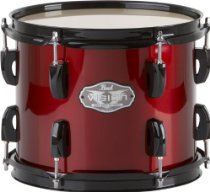
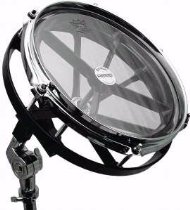
A lot of attention is given to drum shells when purchasing a drumset. Most manufacturers stress which kind of wood was used in producing their drumset, such as maple, birch, bubinga, mahogany and many other types of exotic woods.
It makes you wonder. What’s the difference and does it even matter? I’m going to break down the differences between all the shell options to help you decide what you need for the sound you want.
The two most common wood types used in shells are maple and birch. Below I cover the different properties of each.
Maple Drums
Birch Drums
Drum Shell Composition
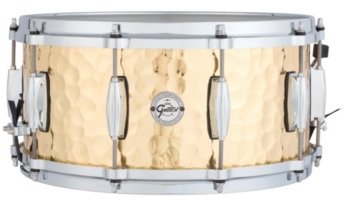
There are many factors in shell production that can effect the sound of the drums.
Some companies use materials other than woods to create their shells.
This is most commonly found on snare drums, but some entire kits can be made from aluminum, fiberglass, and other synthetic materials. I cover those types of shells in these lessons:
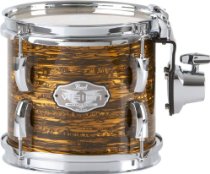
Metal Drums:Covers how brass, steel and aluminum shells alter your sound.
Bearing Edges:See how the angle of the bearing edge influences attack.
Drum Care:Learn about ways to maintain your gear through drum cases, polish, and cleaners.
Drum Hoops:Learn the difference between triple-flange, die-cast and wood rims and how they affect the sound of your drums.
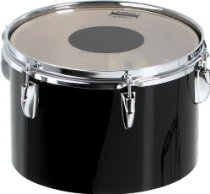
Drum Muffler:I’ll cover a few options on ways to stop ringing and give you a few reasons on why you may not want to stop them from ringing.
Drum Sizes:This lesson covers standard sizes, how to interpret measurements and “Power” sizes.
Drum Wrap:Differences between wraps and finishes, and which ones are easier to take care of.
Tension Rods:Teaches you the two basic types of tension rods. You can also purchase replacement rods for your rims.
Find more drum lessons on the page below.


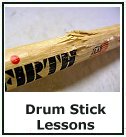
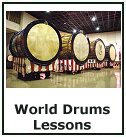


New! Comments
Leave your comments below.